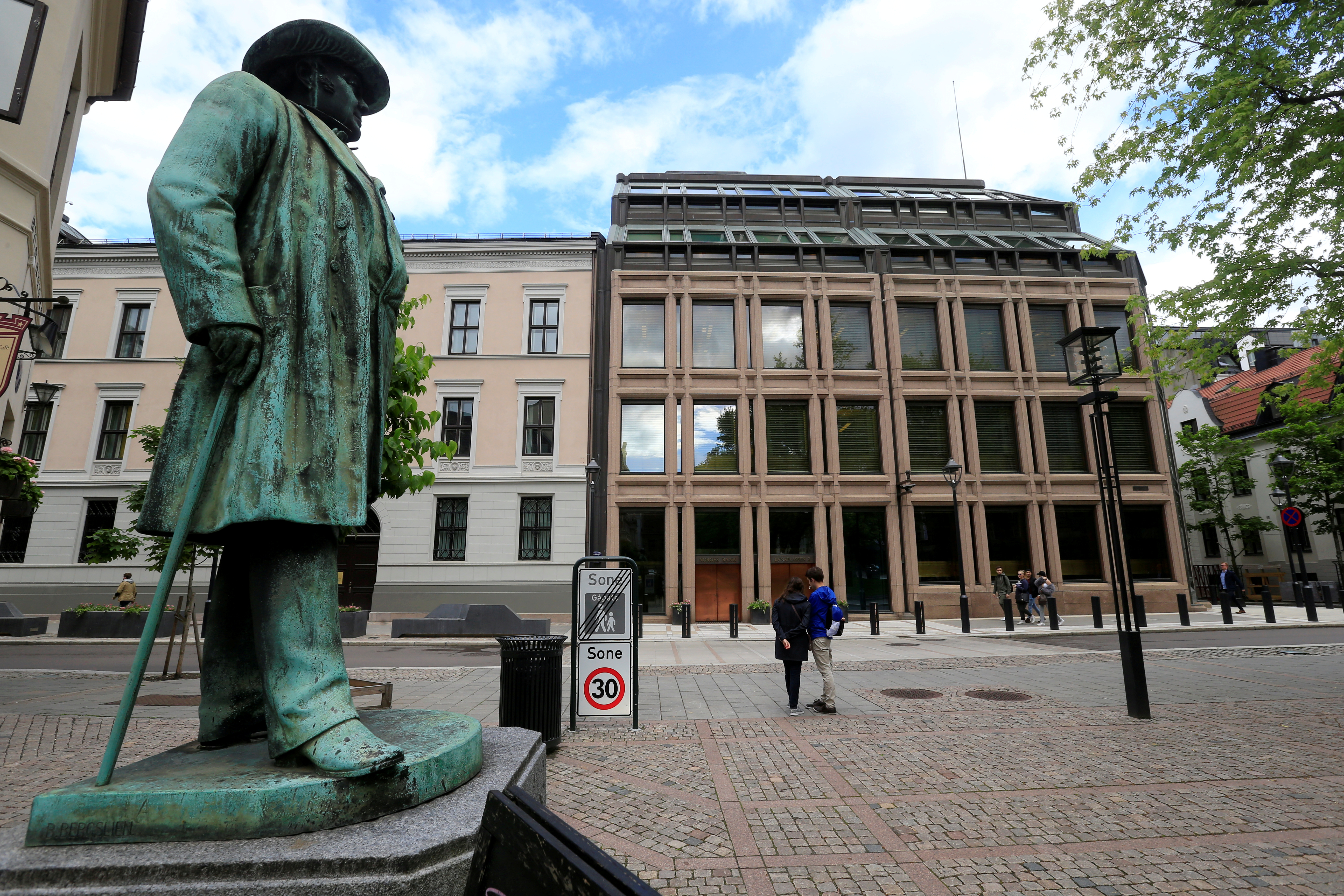While Norway invests its oil money for the future, Alaska wrestles over how much to spend now
Norway's investment decisions look forward. Meanwhile, Alaska is spending down its Permanent Fund with no apparent plan for the future.

While Norway continues to focus on the long-term future when it comes to the nation’s sovereign wealth fund, Alaska remains mired in the present.
The latest reminder of this contrast comes as Norway’s fund is shifting some investments to lower the risk of a future drop in oil prices — at a time when Alaska leaders are entangled in a fight about whether to distribute $1 billion or $2 billion the Alaska Permanent Fund to Alaska residents this year.
Alaska has long sought to fulfill immediate desires with its version of a sovereign wealth fund, by cutting taxes and giving cash to residents. But Norway has retained taxes and concentrated on building the account for maximum future benefits after the oil is gone.
With its nonrenewable resources, Norway has been more of an investor. Alaska has been more of a spender.
The financial scorecard shows Norway with more than $1 trillion saved from its nonrenewable oil and gas resources, while Alaska has $65 billion in its fossil fuel fund. This gives Norway options that Alaska doesn’t have, even though $65 billion is a great deal of money in a state with a population of 730,000.
The long-term approach by Norway is reflected in the recent process that led the country’s parliament to scale back some investments in fossil fuels and shift more to renewable energy.
The Government Pension Fund Global (the Norwegian fund’s rarely used official name) will continue to invest in energy companies, but not in those exclusively focused on the exploration and production of fossil fuels, which appear to have dimmer prospects.
The fund is to sell about $12 billion worth of holdings in 150 oil, gas and coal companies, and invest about $20 billion in renewables.
The fund, one of the biggest in the world, will continue to invest in giant integrated companies like ExxonMobil and Shell, which at least for the moment, are expected to produce a higher rate of profits.
The companies that deal largely with petroleum exploration and production have not fared as well in recent years with the drop in prices.
In some quarters the action has been criticized for being an inadequate response to climate change, but my point here is that the political discussion reflects a forward focus.
Meanwhile, in Alaska, the political talk about its sovereign wealth fund continues to be weighted toward the here and now.
Policy leaders are focused not on what may happen in future decades with the state’s $65 billion savings account, but on the size of the check to be distributed this fall.
For months, the state government has been tied in knots over the size of the annual check given to Alaskans under the oil wealth redistribution program that began in 1982.
The overall budget for the fiscal year that begins July 1 has yet to be completed, largely because of an underlying argument about the size of cash payments to Alaskans and a refusal to enact taxes.
The collapse in oil prices in 2014 led to a precipitous drop in oil income for state government, which lawmakers decided to deal with by spending more than $14 billion in savings. The state has now had to incorporate earnings from the Permanent Fund into its budget plans for state services, instead of just using that account for cash payments.
The competition has led to increased pressure to cut back the cash payments to Alaskans to $1,600 — a total of about $1 billion — but there is a sharp political division on the matter.
Gov. Mike Dunleavy wants to spend $2 billion on dividends, which would work out to about $3,000 per person. But his plans for hundreds of millions in budget cuts went nowhere with the Alaska State Legislature or the public.
Now Dunleavy has called the legislature into a special session July 8 to decide the size of the annual cash payment.
The drop in oil revenue and the decline in oil production has made it increasingly difficult for the state to pay its bills while maintaining the lowest taxes in the United States.
The cost of providing government services is higher in Alaska than anywhere else in the nation because of its size and the large number of rural communities, but it has been politically impossible to raise taxes.
Dunleavy, elected last fall on promises to maintain public services, avoid taxes and pay larger dividends, had a change of heart after the election.
He called for drastic cuts in services and said he had no alternative, but the legislature refused to go along with his plans to cut the budget and balked at his desire for a $3,000 dividend.
The stalemate continued through the end of the regular legislative session in April and the first of what may be a series of special sessions that ended June 13 — none of which will deal with the financial consequences of the potential shift away from fossil fuels envisioned by Norway.
Dermot Cole can be reached at [email protected].